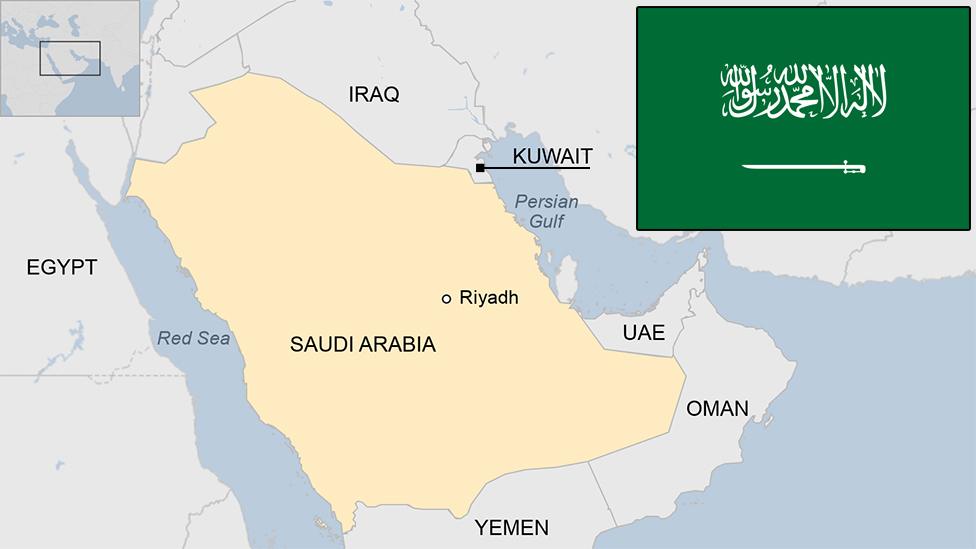Hajj: Jamarat bridge, a deadly pinch point
- Published
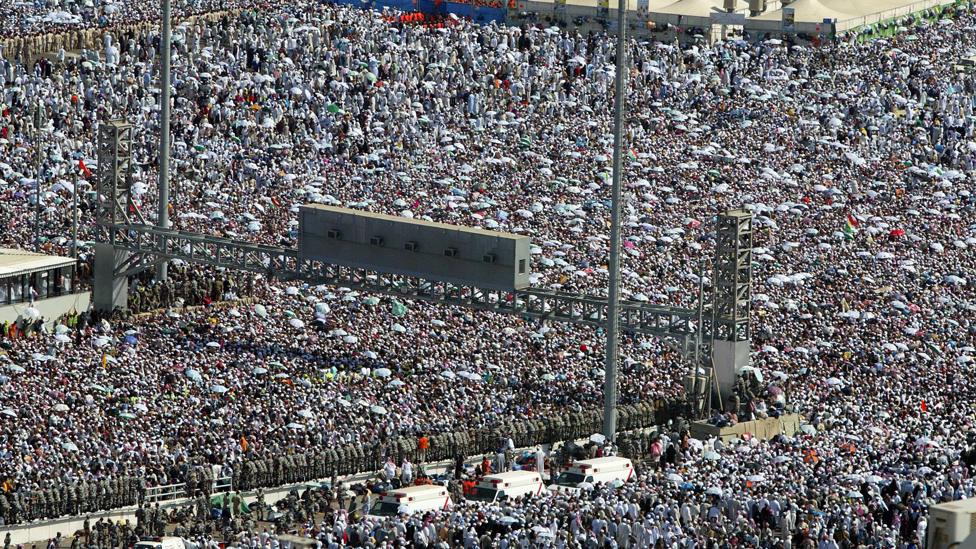
The Hajj has a history of deadly crushes but had been largely problem-free since Saudi Arabia overhauled the key Jamarat bridge site almost a decade ago.
However, Thursday's incident in which more than 700 people died, took place near to the bridge as crowds thronged to carry out one of the chief rituals of the pilgrimage.

The annual Hajj sees about two million pilgrims moving around a small area of land, making several visits to the Grand Mosque at Mecca and to nearby Mina.
On the first day of Hajj, travellers head for Mina and spend a night there before leaving at sunrise on the 8 mile (13km) journey to Mount Arafat.
At sunset, pilgrims travel to Muzdalifah where they gather stones and pray until sunrise before journeying back to Mina.
In Mina, they throw seven stones at the largest of the three Jamarat pillars, which stand at the place where Satan is believed to have tempted the Prophet Abraham.
After this they travel to the Grand Mosque in Mecca, then return to Mina cast more stones and make their way back to Mecca.

The Jamarat pillars have been the scene of several previous fatal crushes when crowds flocked onto the bridge where they are situated.
The tragedies have led to the site being completely redesigned. A decade ago, the pillars were exactly that - obelisks sitting in circular surrounds.
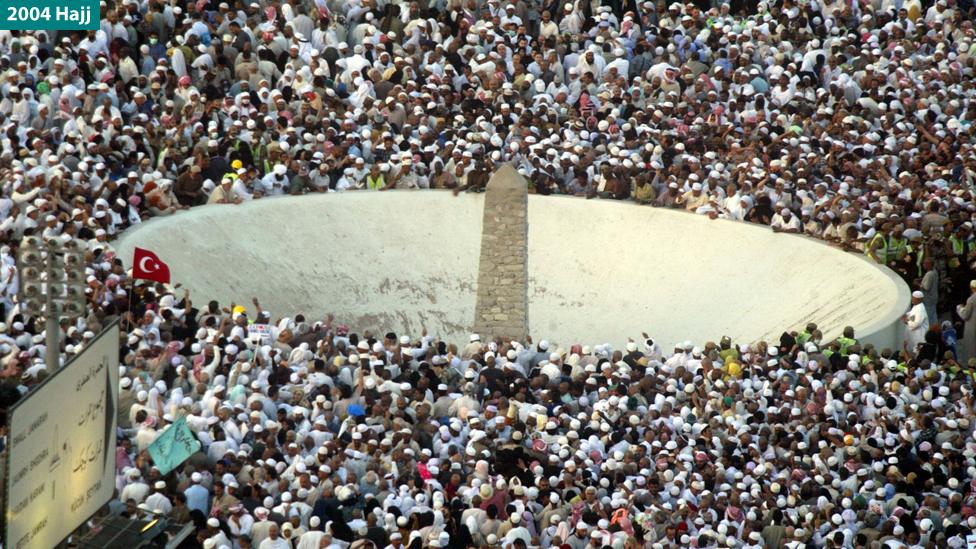
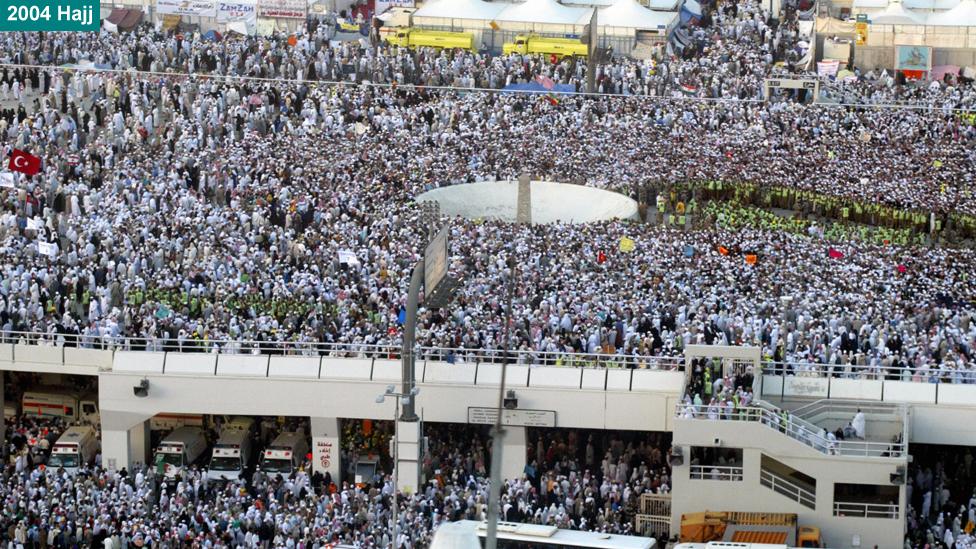
But after 251 people were killed in a stampede in February 2004, the pillars were remodelled as walls, making them easier for the crowd to flow around.

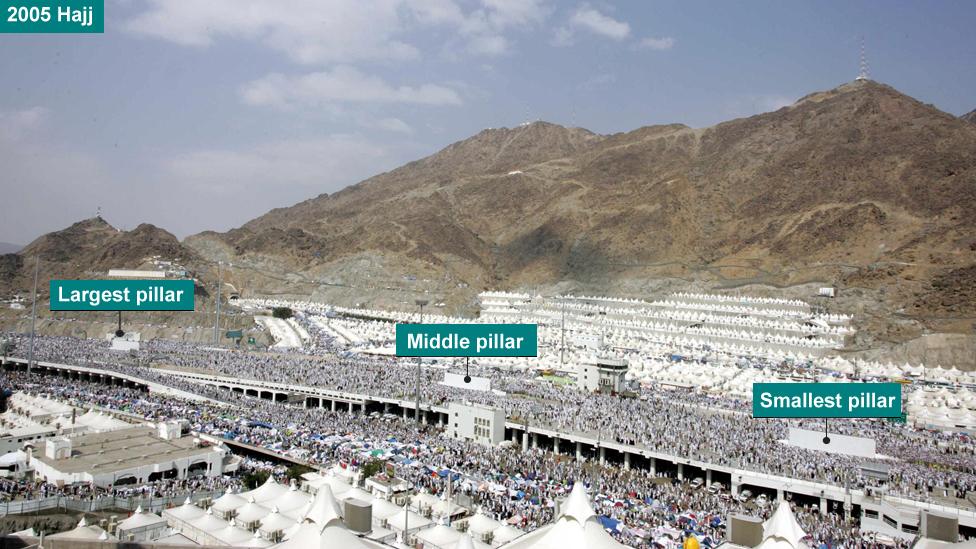
The new wall-shaped pillars and their oval-shaped basins allowed people to get on and off the bridge more swiftly.
However this did not prevent a further disaster in 2006 when an accident at one entry ramp to the bridge caused a crush in which 345 people died.
In the following years, the Saudi authorities spent $1.1bn completely overhauling the site, turning it into a multi-level complex with 11 entrances and 12 exits, pedestrian tunnels, escalators and emergency escape routes.
The bridge was widened to 80 metres and designed to handle 300,000 pilgrims an hour along its 950-metre length.
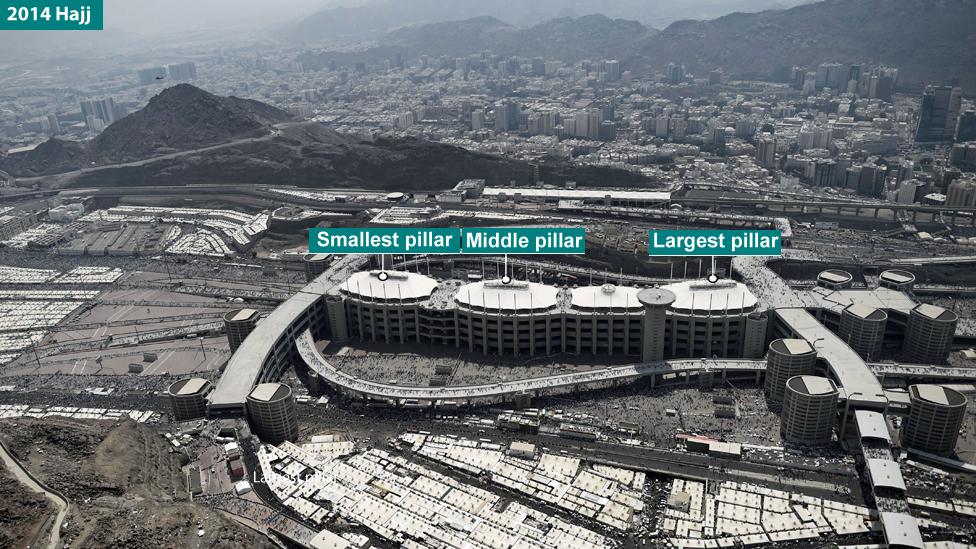
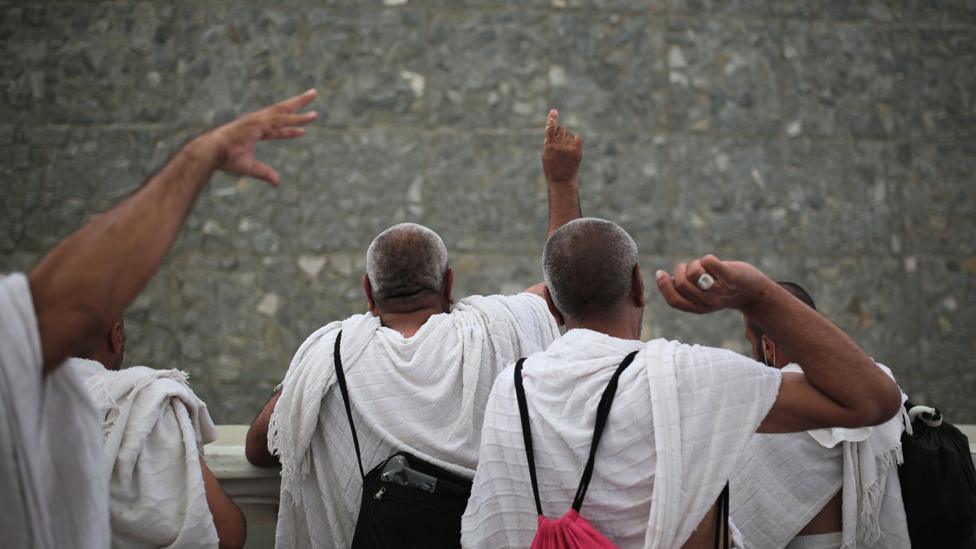
The upper layer has a canopy to protect visitors from the strong sunlight and the building's air conditioning is backed by water sprinklers that can reduce the temperature to about 29C.
Pilgrims are given schedules to visit the Jamarat bridge, but with two million crowded into Mina's tent city, crush and panic are constant dangers.
Thursday's fatal incident took place on streets which lead to the bridge, as two massive lines of pilgrims converged on each other at right angles.
Criticism is growing of Saudi Arabia's handling of the situation, with Iran accusing the Saudi government of "incompetence" and urging it to "take responsibility" for the deaths.
Saudi Arabia's Crown Prince Mohammed bin Nayef, who chairs the Hajj committee, has begun an immediate inquiry into the tragedy, and has promised fast results.
- Published25 September 2015
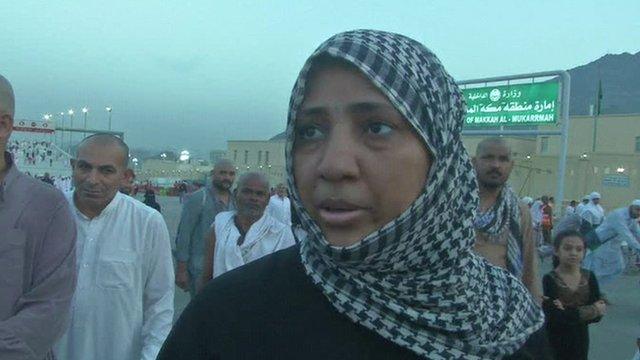
- Published25 September 2015
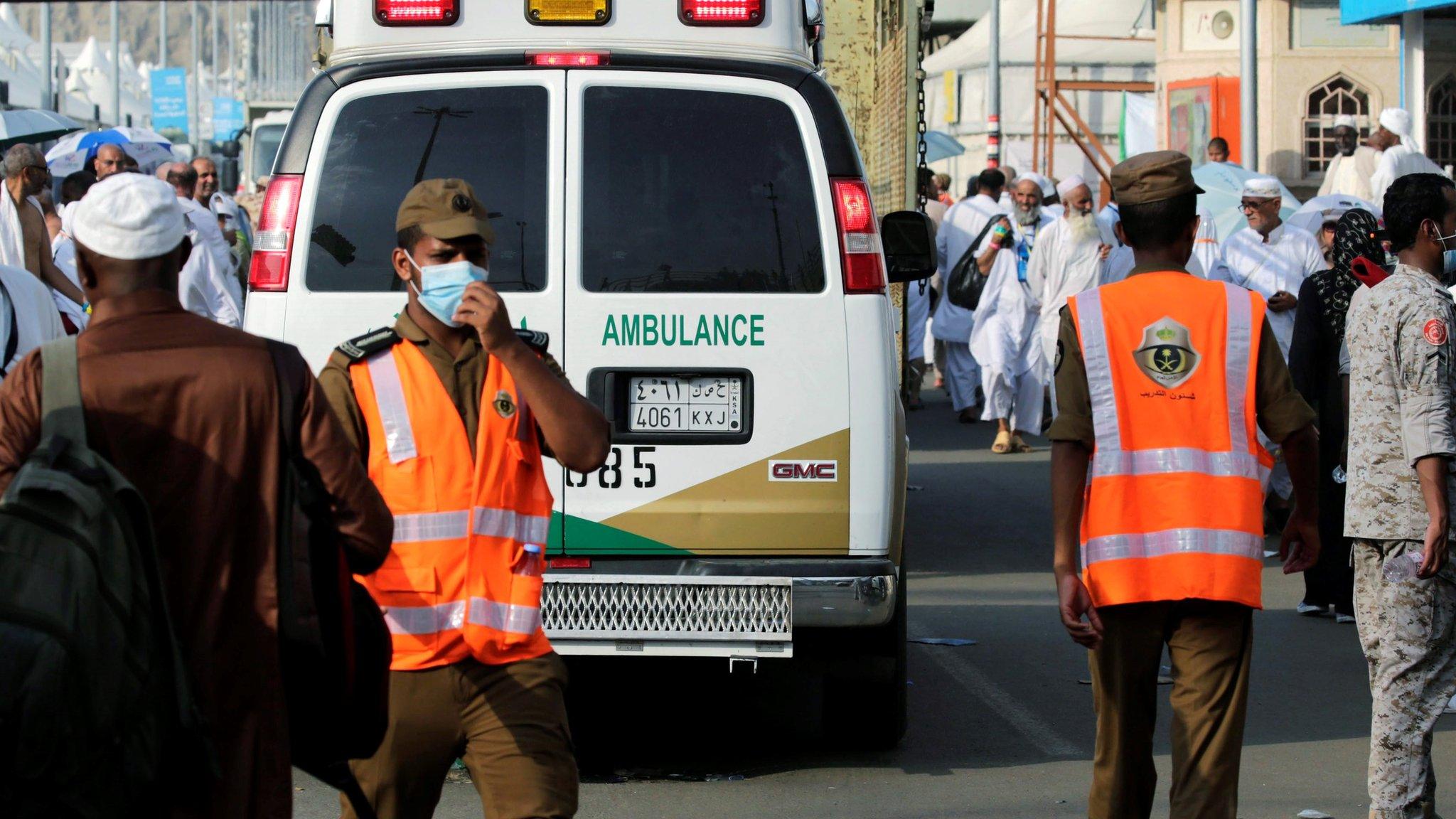
- Published25 September 2015

- Published25 September 2015

- Published24 September 2015

- Published24 September 2015
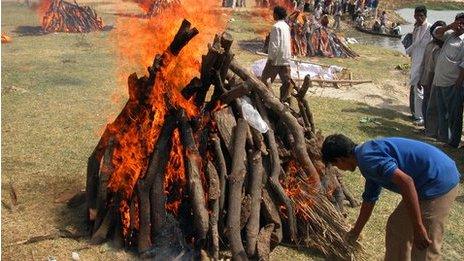
- Published24 September 2015
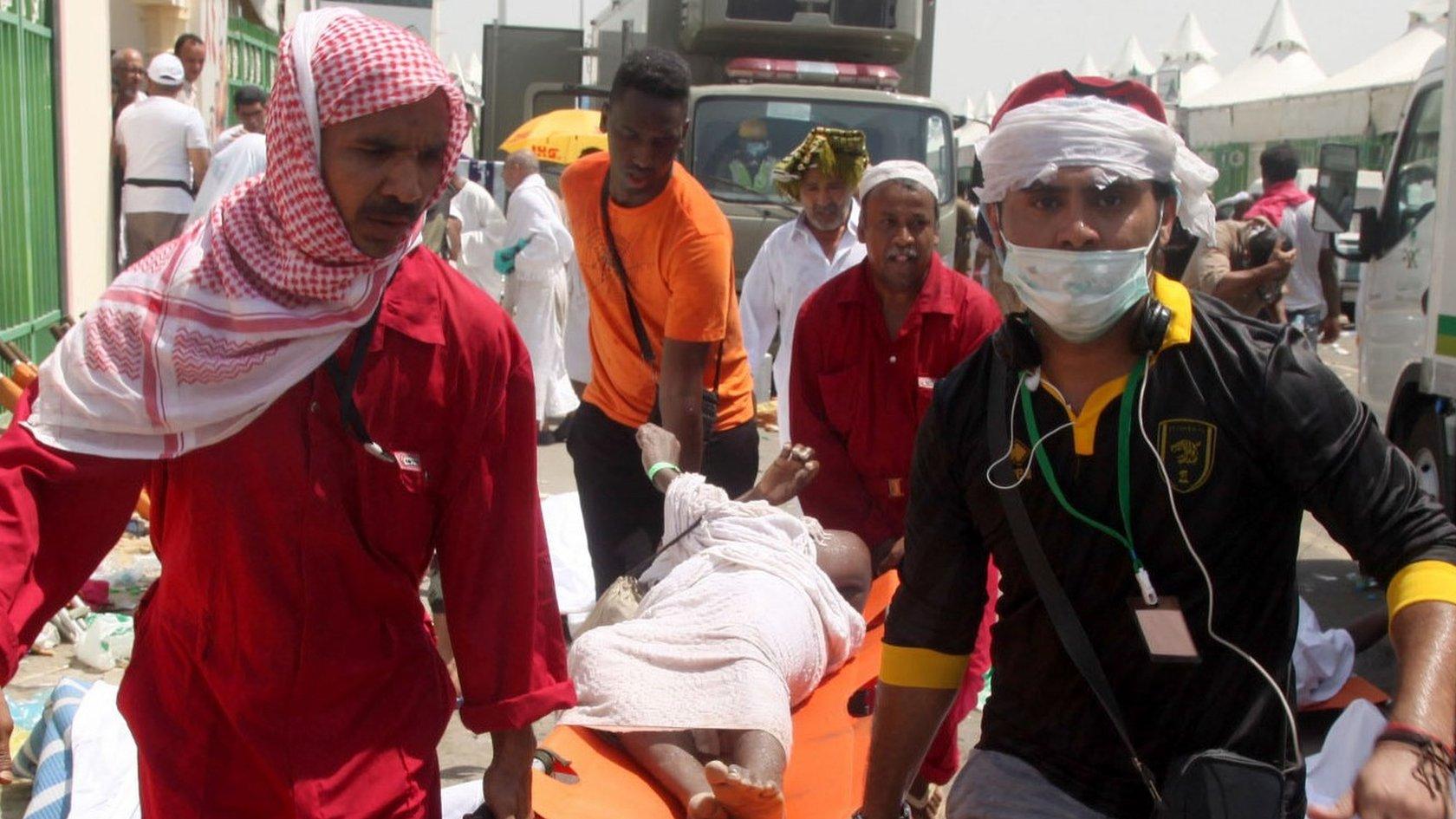
- Published24 September 2015
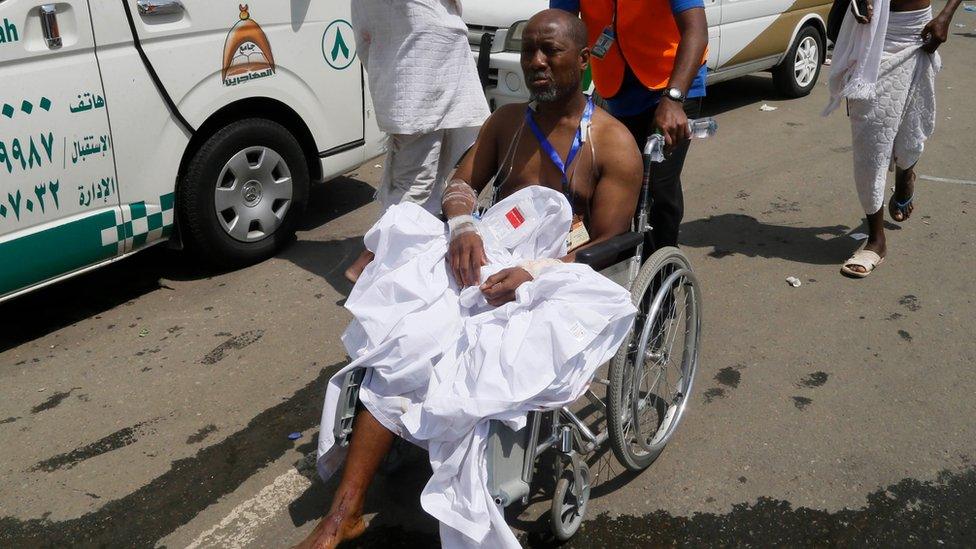
- Published24 September 2015
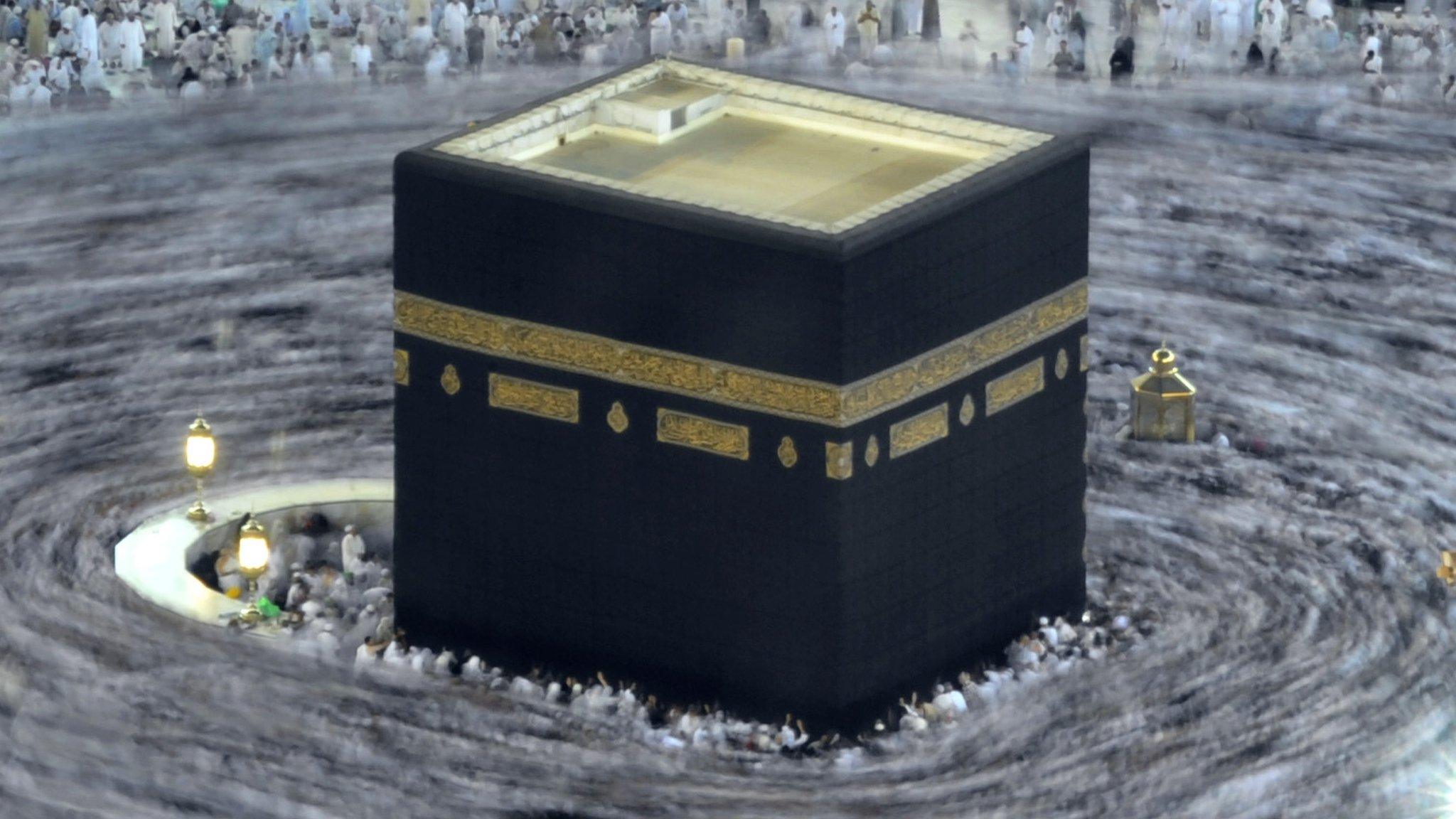
- Published24 September 2015
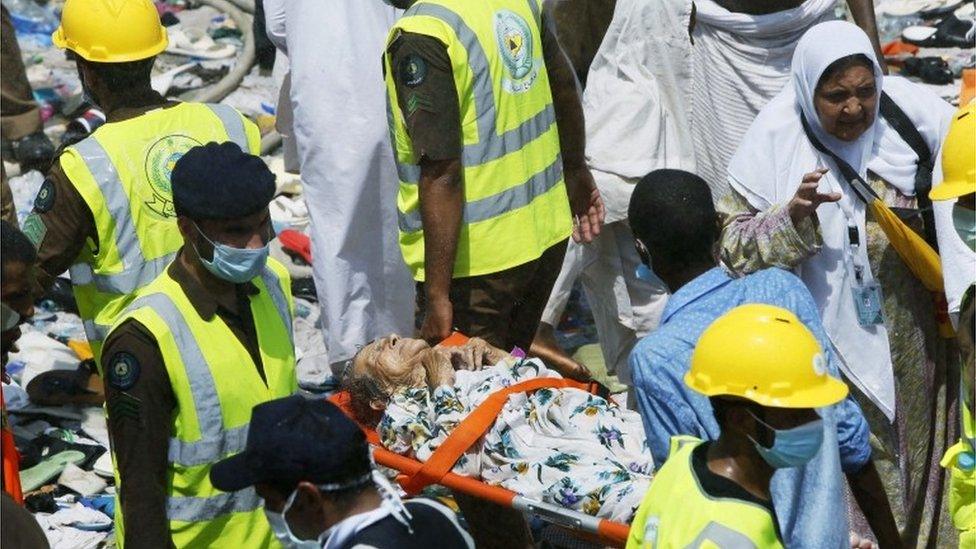
- Published12 September 2015
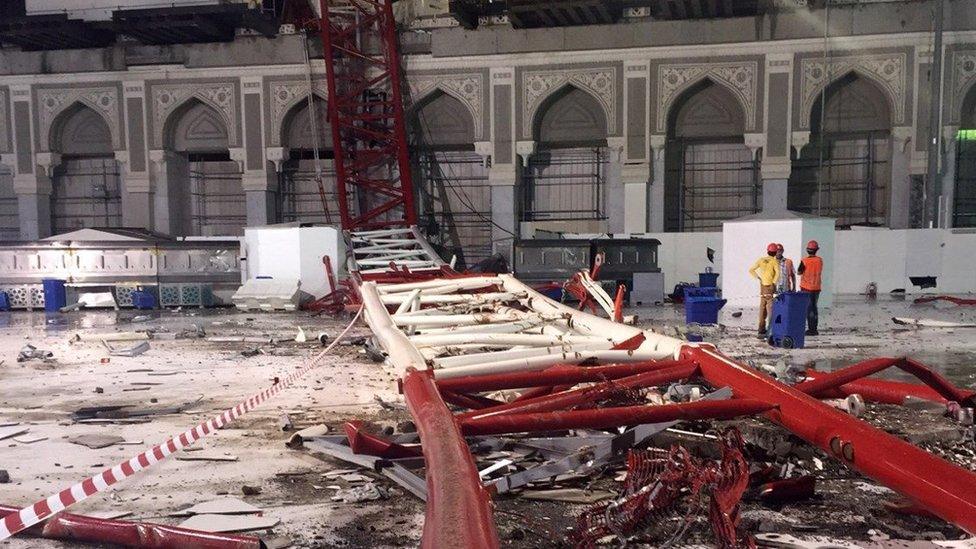
- Published29 August 2023
